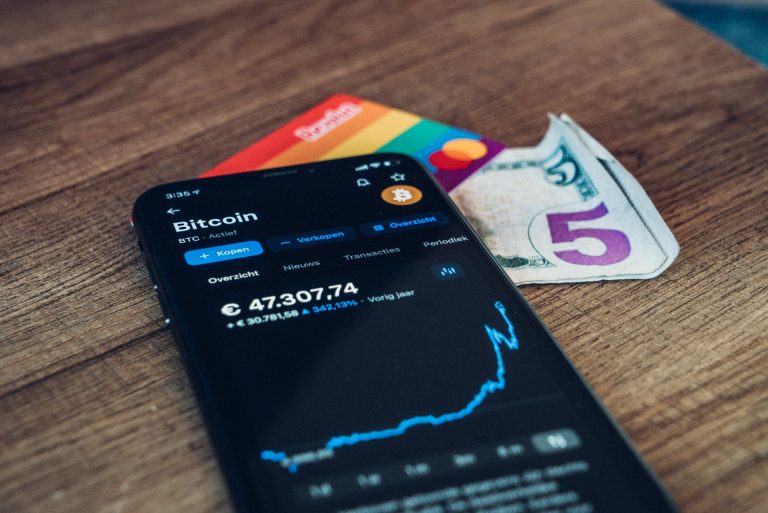Insurance Companies Refund Policyholders Billions of Dollars

Due to stay-at-home orders implemented around the world, malls, businesses, schools, universities, and more have temporarily closed or reduced operations. This has significantly reduced economic activity. Additionally, it has reduced the number of people driving. With less people on the roads, the number of accidents occurring has significantly decreased, resulting in drastically reduced risks to insurance companies. The University of California released a report stating that since the implementation of the stay-at-home orders in late March, the number of accidents has reduced by more than 50% . In California specifically, traffic volume has decreased by 55%. As a result, the monies insurance companies must pay out in claims has significantly decreased. However, despite the reduction in risks, insurance companies are still collecting monthly premiums from their policyholders, whose insurance now covers cars that are not being driven and accidents that are much less likely to occur.
In response to this notion, several insurance companies are refunding policyholders via relief programs. State Farm, the largest auto insurance company in the United States, is refunding policyholders on average 25% of their premium between March 20th and May 31st. Progressive Insurance is providing 20% credits on April premiums and reducing May premiums by 20%. Collectively, the insurance companies across the nation are refunding over $6.5 billion in insurance premiums. State regulators are praising insurance companies for providing the relief programs. “We applaud the many insurance companies that have recognized that they cannot sit on policyholder premium while their customers sit at home,” said J. Robert Hunter, director of insurance for CFA and former Texas insurance commissioner.
In 2018, State Farm reported insurance premium revenues of $64.8 Billion, and $777 Million in profits. With accidents at all-time lows and premiums relatively the same, insurance companies stand to have increased profits this year. Critics of the relief programs state that insurance companies are still retaining the bulk of their insurance premium revenues and the refunding of premiums to policyholders should be larger. However, in times like these, every dollar matters. As millions apply for unemployment insurance weekly, policyholders welcome the nationwide relief program refunds.
Sources: USA Today ”Coronavirus auto insurance refunds: Here’s what you need to know” by Jazmin Goodwin; State Farm: News Room “State Farm® Announces 2019 Financial Results;” University of California-Davis “Special Report(Update): Impact of COVID19 Mitigation on Numbers and Costs of California Traffic Crashes” by Fraser Shilling, Ph.D., CoDirector;David Waetjen, Ph.D., Analyst.
Discussion Question:
- Based on the information provided in this blog, do you think the $6.5B relief program refunds are enough? Why or why not?
- Predict the impact of the relief program refunds on the economy. Do you predict the relief programs are an effective way to assist in stimulating the economy? Explain.













